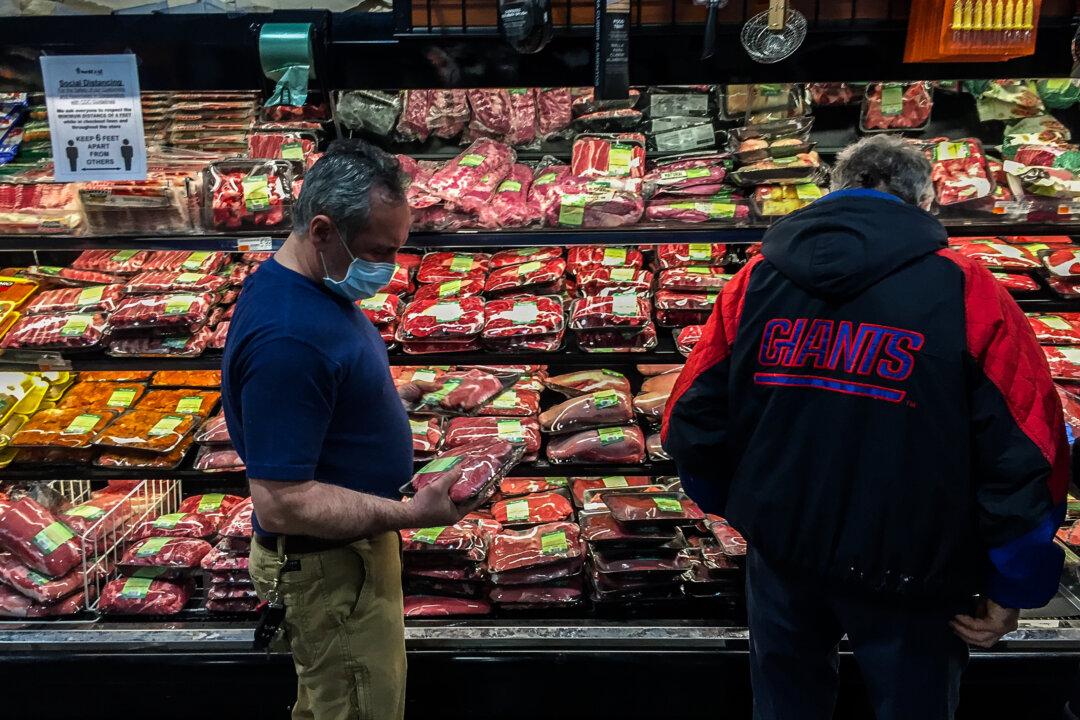Several major supermarket chains in America have announced limits on how much meat customers can buy, citing pandemic-driven supply chain disruption and the threat of panic buying leaving store coolers empty.
Costco, Kroger, and Albertsons have all announced product limits after key meat processing plants shut amid the outbreak of COVID-19, the disease caused by the Chinese Communist Party (CCP) virus.





